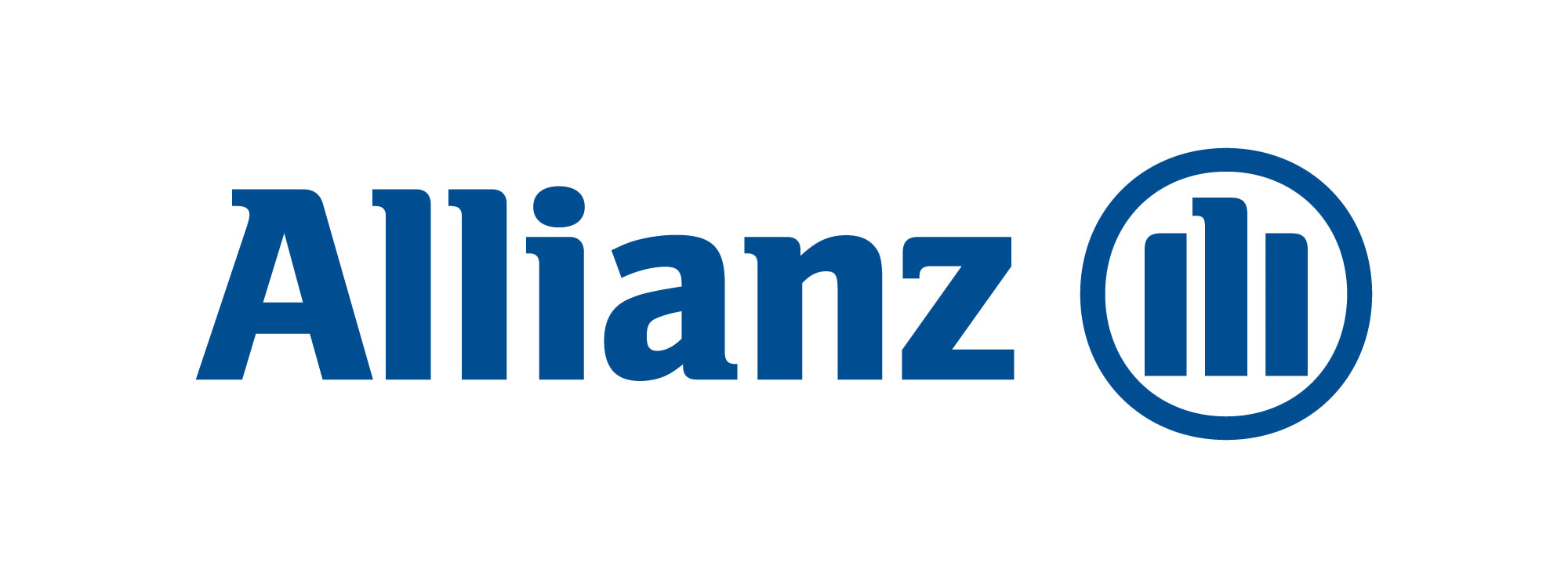|
Your corporate communications and human resources department might be regularly putting out announcements on DEI values and initiatives, but if employees don’t embody these values in their day-to-day interactions and business operations, your DEI efforts will most certainly fall flat. Most of all, your organisation will fail to leverage the power of DEI and lag behind competitors who’ve done so successfully.
If you’re still struggling, don’t worry. Just get up to speed. Many answers lie in behavioural change and communication to be equitable and inclusive in order to truly harness the power of diversity. In our last post, we talked about the importance of actively calling out unconscious biases and using inclusive language. Here are more tips on truly making DEI work: Walk the talk, engage intentionally to illustrate the value of inclusivity Inclusive language must translate into concrete action. Dialogues that allow people from underrepresented groups to share their personal narratives shouldn’t end there. Be proactive in addressing the issues they raise and keep all employees informed of the steps you’ve taken to improve things. Importantly, insights from dialogues should inform your business decisions. For instance, what your introverted employees tell you about their preferences could determine product design for a particular customer base. Share how you’ve implemented these valuable insights. This shows people that their perspectives matter to the organisation and are positively contributing to the bottom line as well. Speaking of introverts, ensure that you engage employees using communication techniques based on their preferred mode of communication. Not everyone is comfortable speaking up in a townhall. Some might prefer to send their questions electronically or merely fill out a survey. Your job is to make sure all channels are open and given equal attention. Explain equity-centred policies, encourage empathy To ensure a healthy workplace culture, everyone in the organisation must be on the same page when it comes to policies that support equity. Leadership must consistently communicate why certain policies are in place to help underrepresented groups level up. Crucially, communication needs to also convey how everyone benefits when DEI is effective. As part of this process, co-workers must be encouraged to participate in experiential exercises that allow them to empathise with underrepresented individuals. Retention becomes easier with this egalitarian approach. Be transparent and accountable Successfully cultivating DEI requires leadership commitment. Leaders need to be transparent in terms of acknowledging systemic and unconscious biases, demonstrating empathy and committing to bridging the gaps between where the organisation is now and where it should be in the near future. Being transparent on the DEI journey allows leaders to model a learning culture and also demonstrates a willingness to be held accountable. Communicate consistently about how DEI is improving crucial aspects of the workplace - culture, mental health, talent attention and retention, business results. Go beyond numbers and tell true stories of employee experiences. This post was co-written by Communications Strategist, Consultant and Coach, Bharati Jagdish.
0 Comments
Your comment will be posted after it is approved.
Leave a Reply. |
SYLVIA FERNANDES
Sylvia is a qualified Neuro Linguistic Programming (NLP) Master Trainer. She started her business in Sydney and is now based in Singapore. Archives
December 2024
Categories |


 RSS Feed
RSS Feed









